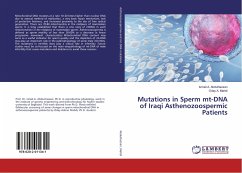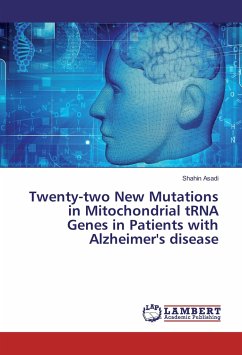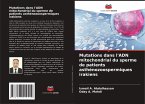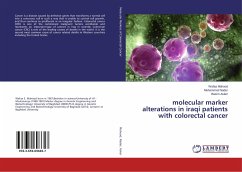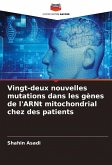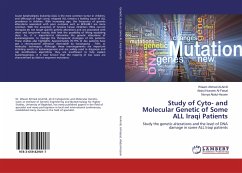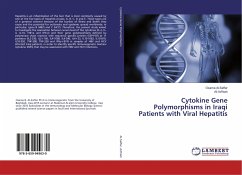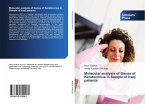Mitochondrial DNA mutates at a rate 10-20 times higher than nuclear DNA due to asexual method of replication, a very basic repair mechanism, lack of protective histones, and increased proximity to the site of free radical generation. There are 70-80 mitochondria in the midpiece of mammalian sperm. It is long established that there is one copy of mtDNA in each mitochondrion in the midpiece of mammalian sperm. Asthenozoospermia is defined as sperm motility of less than 50-60% or a decrease in linear progressive movement characteristics. Mitochondrial DNA content may serve as a useful indicator for sperm quality and the depletion of mt-DNA may play an important role in the pathophysiology of some male infertility. The mutations in mt-DNA does play a critical role in infertility. Future studies must be co-focused on the main etiopathology of mt-DNA of male infertility that cause mutations and deletions to avoid these reasons.
Bitte wählen Sie Ihr Anliegen aus.
Rechnungen
Retourenschein anfordern
Bestellstatus
Storno

